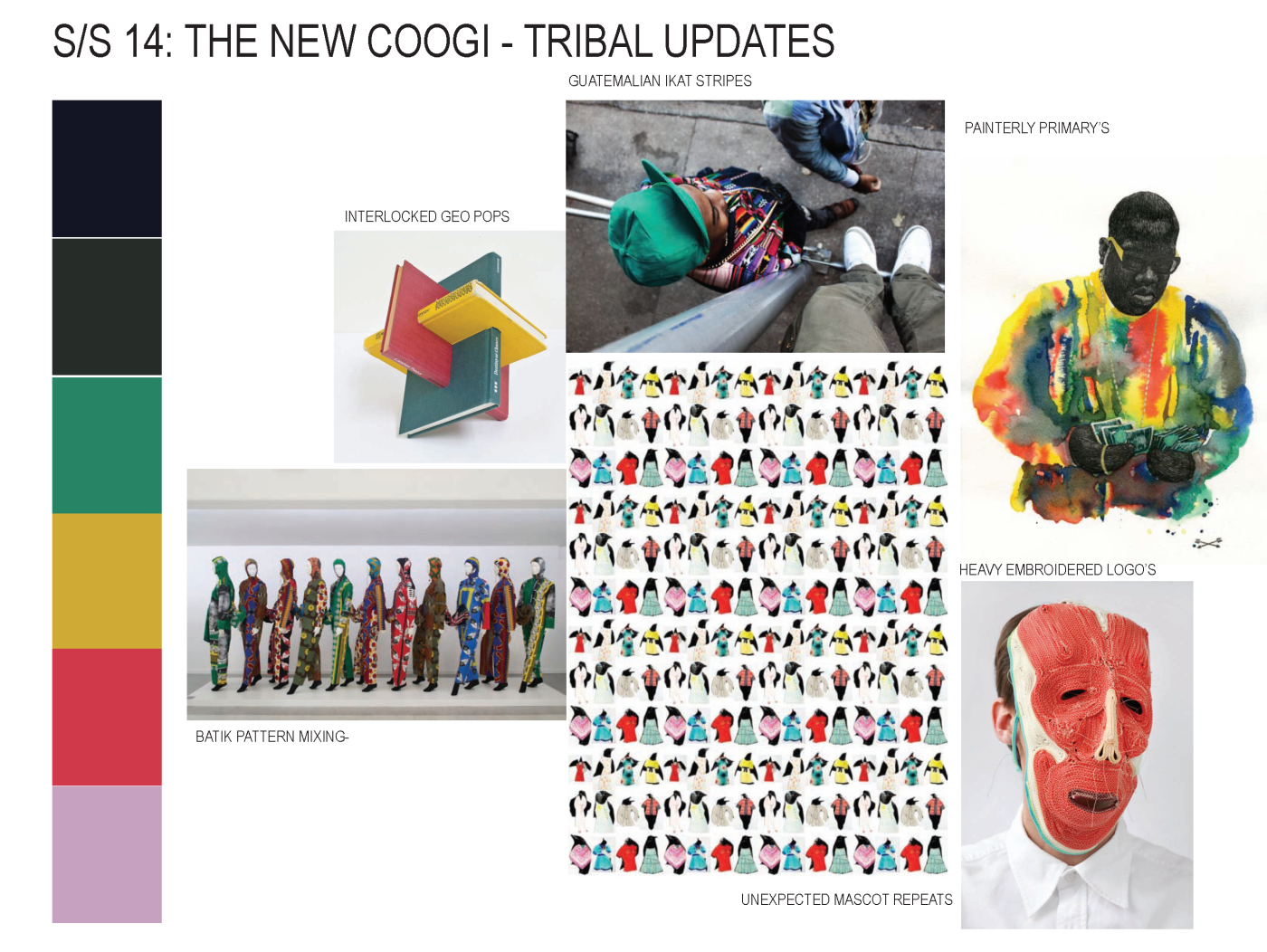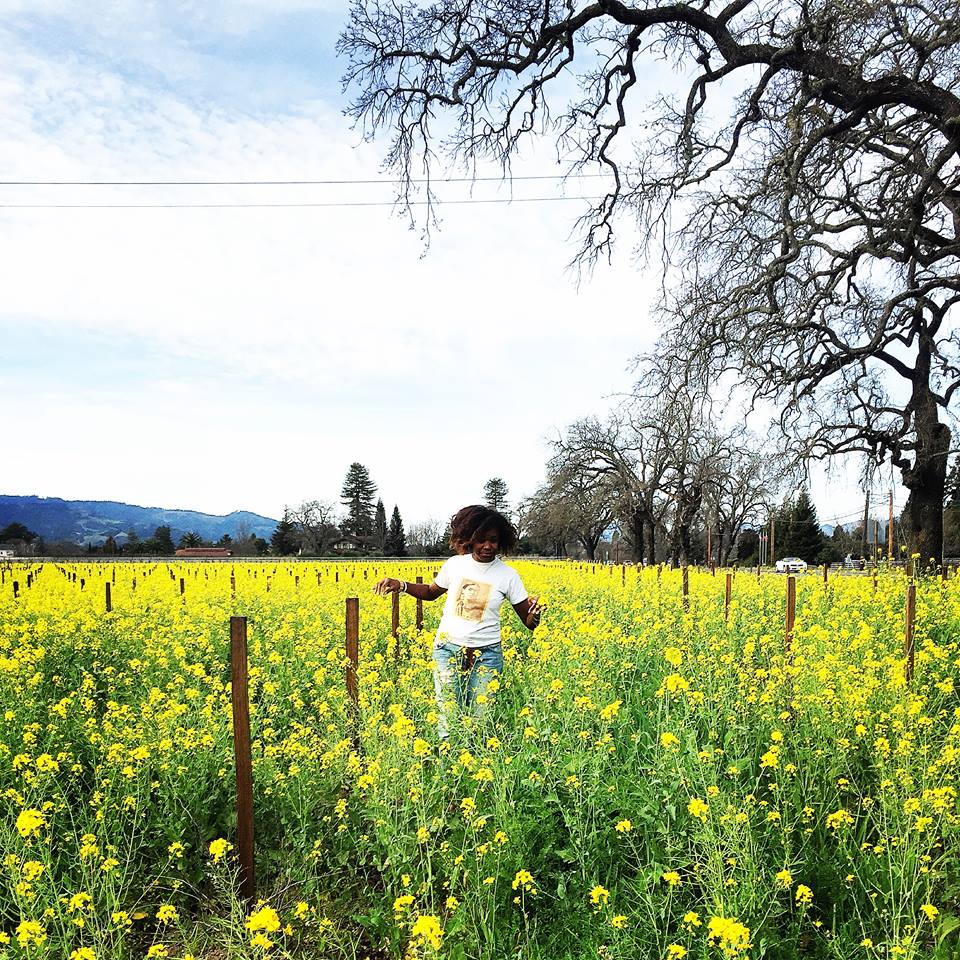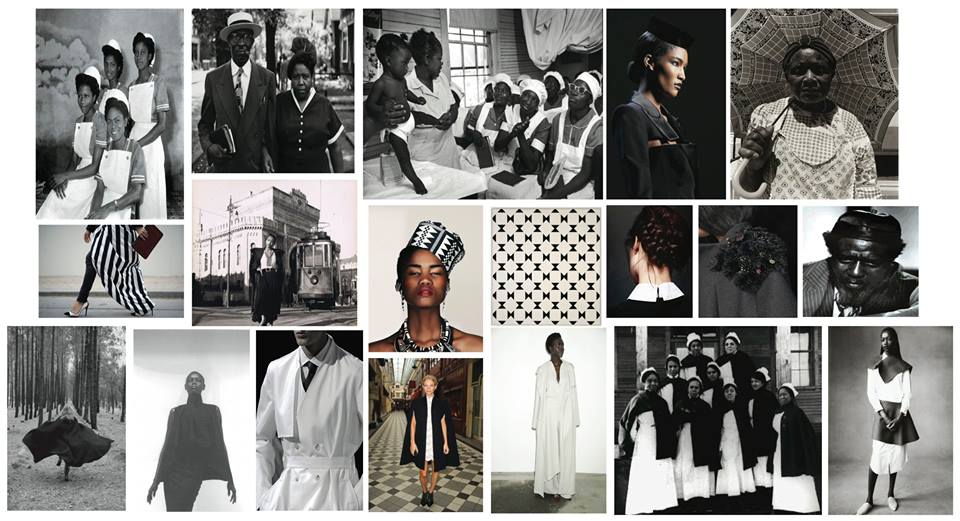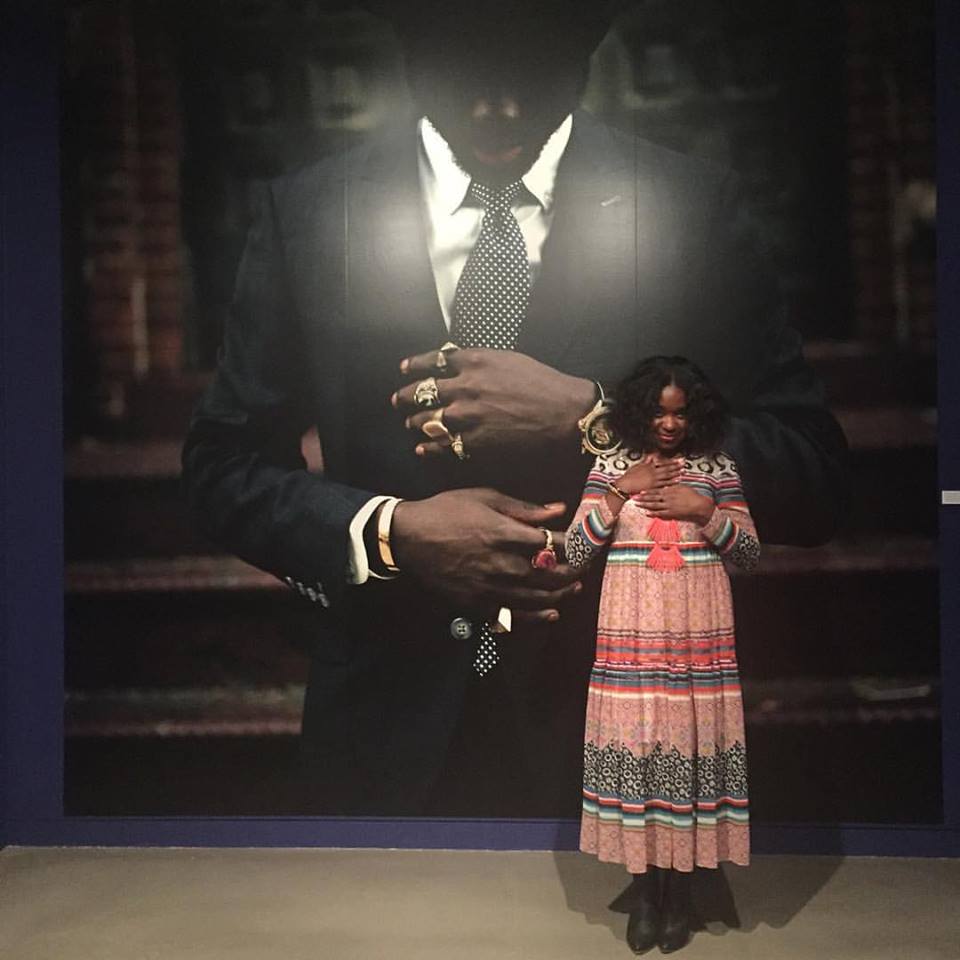THE ESCAPE ARTIST
Name: Erica Sewell
Job Title(s): CT Co-Founder, Career Counselor, Creative Recruiter, Designer, Educator, and, and, and...
Born: Chicago, IL
Lives: Oakland, CA
Works: Globally
Projects:
- Design: Ralph Lauren, Armani Exchange, Calvin Klein, Isaac Mizrahi, Kenneth Cole, Loyale, Free People's Medical Clinic
- Talent: Anne Taylor, LOFT, Lou & Grey, Adecco Creative, Williams-Sonoma, Pottery Barn, Mark & Graham, K.Kiechel, Untitled Structures by Leslie Hewitt & Bradford Young, CBS Interactive, MetroLyrics, Last.fm, CNET, TVGuide.com
- Styling: Cecily, Rashida Bumbray & The Dance Diaspora, Adepero Oduye/Bradford Young for Northstar Pictures, Amatus
- Art: Mickalene Thomas Studios, MX80 Exhibition, The Williamsburg Art & Historical Center, RUSH Philanthropic, ListenUp!, NYU Youth & War Arts Project, Arts for Peace Gallery, FreeArts, Frere Independent, Gallery 37, MCA
- Education: Parsons The New School for Design, The Art Institute of New York City, Marc Ecko Enterprises Sweat Equity Program, Girls for Gender Equity, Whedco, Bank Street College
- Contributor: Stylesight, "The Dandy Lion" Exhibition at MoAD, Los Angeles Times, Nike, Elle South Africa, OkayAfrica, Shoppe Black
Styling for artist, Cecily. Photo by: Shervin Lainez
Illustration for Funk,God, Jazz, Medicine
Styling for actress Adepero Oduye with photographer, Bradford Young.
CreativeTypes: What do you do?
Erica "Escape Artist": As a Fashion Designer, I have worked on brands where the area of clothing has been fragmented by category. For example at Armani Exchange I started by designing Women's wovens then ended up designing Men's knitwear. I came up with concepts through color and images and fabrications and sketched clothing ideas to be approved by Mr. Armani and his team in Milan to go into production overseas.
In Talent, I have worked as a Casting Director identifying subjects in contemporary art projects such as Untitled (Structures) - a film installation by Leslie Hewitt and Bradford Young that explores mid-century civil rights era photographic landscapes through a contemporary lens. With that project, I found the "subjects" who were photographed in the work by advertising casting calls and interviewing and photographing people who could be a fit for the tone and aesthetic vision of the artists.
As a Costume Designer, most recently I put together a concept board and sketches for the volunteers of artist Simone Leigh's Free People's Medical Clinic, which served as one of the sites for "Funk, God, Jazz, Medicine: Black Radical Brooklyn" - a month long exhibition held by Creative Time and Weeksville Heritage Center. This is an example of fashion and art worlds coming together and is often the sort of work that I do for projects that have a greater message or meaning and require a clothing element to help illustrate that idea. The same goes for working with performance artist Rashida Bumbray on the looks that she and her troupe wear for various dance performances.
My primary day-to-day work is in Talent Acquisition, which means that I bring creative talent into brands. I start by digging into the needs of the hiring team for the roles that they are trying to fill (for example User Experience "UX" Designers in the tech industry). Then I start to see what talent is out there and engage them about the opportunity for the brand, and manage that process and the relationships with both candidate and the business until there is a successful hire. I work on company culture in a creative tech environment, including building a diverse pipeline and inclusive strategies for employees.
As an "escape artist", I may go from one-on-one career counseling with a creative needing salary negotiation or interview advice, to speaking on a panel about identity politics within dress for "The Dandy Lion" exhibition. It all varies depending on what projects are thrown at me.
CT: What is the easiest way for someone with no experience to do what you do or break into your fields?
EA: In general, relationship building. That's basically the key ingredient for any job that is thrown at me. Some of my projects more than others require additional technical skill training, but most are listening and delivering what is asked with a unique perspective and eye.
For Fashion Design, you must have a good sense of color, be able to sketch and know garment construction. Besides that, an internship is key for getting your foot in the door. It's easy to obtain a job that is of low or no cost to the employer, so set your heights high with your internship selection because whichever name you have on your resume will determine your next job.
This is sort of the case with all "industry" related fields, but everything else that I do is about managing and obtaining relationships to get your foot in the door and not being afraid to start at the bottom to learn from others.
CT: What do you do to stay relevant or creative?
EA: I am sort of a nerd when it comes to information. I'm not necessarily addicted to the internet or anything, but I'm just a very curious person by nature and am triggered by information on topics that I care about (usually involving aesthetic, culture, politics, music, etc.). I hate to admit it but social media has really been a convenient way to learn about new information for me, so whenever I find out about a concept or a person or place, I tend to bookmark it on various platforms. I can work on my Tumblr for hours. In real life (IRL as the kids say), I am always stimulating my senses by traveling, seeing art, hearing music, and being greedy within new culinary experiences. These seem like simple things, but they feed my creativity and are a way of life for me.
CT: As someone who focuses on Talent, what would be the top 3 general pieces of advice that you'd offer aspiring career creatives?
EA: I learned a lot about career changers from my time as Assistant Director of Career Services at Parsons School of Design. People who come from traditional paths seem to want to apply the same job seeking rules to creative careers, and it's just different. My top 3 general pieces of advice are...
1. Resumes/CV's: Unless specified, cover letters and career summaries are hardly read by recruiters. What we skip to is the meat of the resume - the who, what, when, where. We want to see where you worked and what you did. Everything else tends to be fluff and is taking up too much room on your CV. Keep it simple and direct.
2. Portfolios/Online Presence: If you are interviewing for any sort of role where your visual eye or aesthetic is used to conduct the job, a portfolio is needed and these days expected and that portfolio should reflect the brand or company that you are seeking. In other words, don't show up with a bridal portfolio for a role with Nike. Seems logical, but not everyone thinks about the fact that the more your work looks like their customer, the more you will be considered. Also, creatives should have an online imprint nowadays. At the very least, make sure that your Linkedin page is up to date and decent looking. People actually use Linkedin to find talent of all kinds so don't blow that off.
3. No Suits: There are few creative jobs that I can think of in this day and age where one should show up to an interview wearing a suit. This is hard for some traditional folks to swallow, but the reality is that you will feel less comfortable on an interview if you don't look and feel like you belong in that environment and most creative environments don't involve suits (thank God!).
